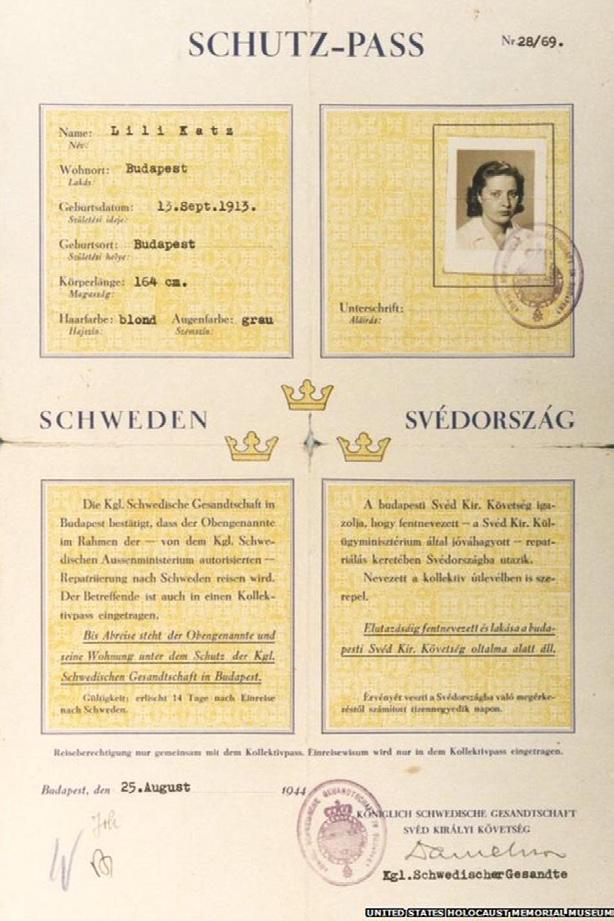
5 minute read
Business
Corona Winners and Losers
Ericsson on a Roll
By Peter Berlin
On January 29, 2021, the Swedish telecommunications giant Ericsson reported almost unchanged profitability in 2020 compared to 2019. This may seem surprising since many industries experienced a sharp downturn in profitability due to COVID-19. A likely explanation is that the restrictions in physical socializing imposed by national and regional governments during 2020 have created increased dependence on telecommunications – notably telephony and video conferencing – for maintaining social and business contacts. This, in turn, has stimulated a growing demand for Ericsson’s goods and services.
The new 5th generation (5G) technology for mobile communication networks will significantly increase data reception speeds for cell phones and computers compared to earlier standards. Ericsson is one of several cellular infrastructure suppliers that compete for 5G global market share. The other major suppliers are Nokia in Finland and Huawei in China. While they compete in marketing their products to cellular network operators, it is common for operators to mix key technology components from several suppliers.
However, the Swedish government has decided to ban Huawei from involvement in the national telecommunications network. National security is the stated reason for the ban, as Huawei is suspected of incorporating espionage technology in its hardware and software. Along with the United Kingdom, Sweden is the only European country so far to have followed the example of the United States in this regard.
One might assume that the exclusion of Huawei from the competition in the affected markets would benefit Ericsson as well as Nokia. However, Ericsson has voiced concerns about Chinese reprisals targeting the company’s presence in that country, its second biggest market after the US.
H&M on a Roller-Coaster
H&M, the Swedish fashion giant, experienced a decrease in net sales by 18 percent in 2020 compared to 2019. Sales development was negatively affected by the COVID-19 pandemic, particularly in the second quarter when approximately 80 percent of the group’s stores were closed. Worst hit were the outlets in France, Italy, the United States and the United Kingdom.
The drop in customer footfall was greatest during the first and second waves of the pandemic in the spring and autumn, but recovered somewhat during the summer months. This pattern suggests that a more lasting recovery is to be expected when the coronavirus is reined in worldwide.
Sweden’s GDP Rating 2020
Sweden’s minimalist approach to managing COVID-19 was intended to spare the economy and has been both praised and criticized in foreign news media. Paradoxically, this approach to the pandemic has only been of marginal benefit for the overall economy. Still, Sweden gets high marks in the International Monetary Fund’s rating of GDP performance around the world – see the diagram. There are several reasons for this.
First of all, Sweden’s economy and banking sector were strong at the beginning of 2020, making them relatively resilient against downturns. Secondly, while the tourist sector has suffered particularly badly around the globe, tourism is not a major contributor to Sweden’s economy. Lastly, the high level of digitalization in Swedish society has allowed the economy to function without relying extensively on physical contact. For example, day-to-day financial transactions are usually conducted by contactless means, and working from home is now widespread. Hence, even though the second wave of the pandemic has affected the health of the population badly, the economy continues to tick along.
-0.0 -1.0 -2.0 -3.0 -4.0 -5.0 -6.0 -7.0 -8.0 -9.0 -10.0
2020 GDP Performance (%) relative to 2019
France Eurozone Germany World Economy Sweden
Source: IMF
The Hidden Swede in Your Everyday Life
By Kajsa Norman
Did you know: every time you buy a muffin at Tim Hortons or McDonald’s, odds are it is wrapped in Swedish paper? Swedish company Tielman produces half a billion paper cups for the North American market every year.
It all began with Tim Hortons back in 2013. The Canadian staple wanted to adopt the tulip-style wrapper, popular in Europe since the mid-2000s, for their muffins. “Tielman North America started around that business opportunity. We had a product in Canada before we had a company,” says CEO Björn Tielman. The first production batch came from Sweden, but Tim Hortons was impatient for more, requiring the machines to be shipped to Canada. “We still had machines floating around in the Atlantic Ocean on their way to Canada when Tim Hortons wanted to launch,” Björn laughs.
Soon everybody wanted their baked goods wrapped in tulip cups. They came in many different colours, but Tielman introduced the idea of branding the wrappers with the customer logos. “We convinced Tim Hortons that it would be silly to settle for a plain brown wrapper when one has a strong brand like theirs,” says Björn, who is the grandson of founder Bertil Tielman.
While they are fairly new to the North American market, Tielman is a family company that has been supplying the European baking industry with baking cups, loaf liners, muffin cups, wraps, and pie cases since the 1930s. Their logo, consisting of three paper cups, is a nod to the Swedish Tre Kronor and their Swedish roots still mean a great deal to them. “Swedishness stands for something still. Swedes tend to keep their promises, arrive on time and be good at what they do,” says Björn.
It is their special type of paper that is Tielman’s secret to success. Paper can be made greaseproof through a mechanical or a chemical process. The latter involves starting with a standard craft paper then adding chemicals to make it dense enough to withstand grease. While the chemical process is the cheapest method it is not great for the environment, or for the baked goods, as some chemicals are released when the paper is subjected to high temperatures during baking.
Using his environmentally friendly mechanical process, Tielman hopes to put this and other environmentally harmful packaging such as aluminum foil and plastic-coated materials out of business. Tielman’s method involves densely molding the fibers in the paper together such that it becomes greaseproof. Environmentally friendly disposable paper cups may sound like an oxymoron, but as Björn explains:
“Paper is a renewable resource, and our material is fully biodegradable. If you put our wrappers in your compost, they will be gone in a couple of weeks without having released any harmful substances. The worms and bugs like Tim Hortons too. If there are some crumbs left, they will have a feast,” he laughs.
The company has weathered the pandemic fairly well, aided by the fact that they are considered an essential business. “We are not that affected by the highs and lows of the financial markets,” says Björn. “If times are tough you treat yourself with a muffin and if times are good you reward yourself with a muffin. We’re great for both comfort and celebration.”











